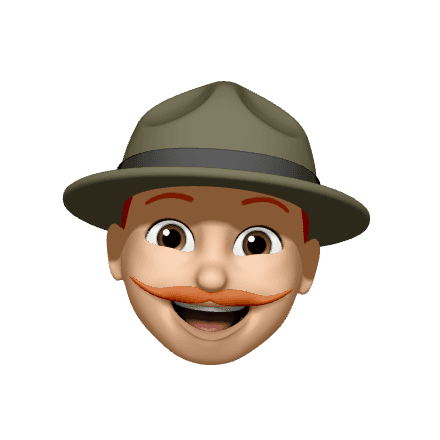Are You Living a Society-Approved Lie, or Your Own Truth?
Imagine this: You're shivering, teeth chattering, yet politely mumble "everything's fine" when offered a jacket. This scenario, seemingly innocuous, reflects a deeper truth: the prevalence of the "False Self," a persona we craft to conform to societal expectations. We order the "safe" dish, pursue the "prestigious" career, all while our true desires and passions gather dust in the shadows.
But what happens when this fabricated self becomes so ingrained, we forget who we truly are? This blog delves into the "False Self" phenomenon, exploring its impact on both our personal lives and the world of user experience (UX) design.
From the Restaurant to Lost identities
Think back to that awkward dinner scene. The discomfort felt by our protagonist mirrors the internal struggle of the False Self. We contort ourselves, sacrificing personal preferences for the sake of social acceptance. This isn't just an isolated incident; it manifests in career choices dictated by parental pressure, relationships based on external validation, and a life lived on autopilot, devoid of genuine passion. The danger? We become strangers to ourselves, our authentic desires buried beneath layers of societal expectations.
The UX trap: When "Fine" Doesn't Mean Fine
This phenomenon bleeds into the realm of UX testing. Imagine conducting usability tests where participants, conditioned to please, mask their true frustrations with polite "fines." The gathered data becomes a mirage, skewed by the desire to conform rather than reveal genuine experiences. To uncover the truth, we need to delve deeper, beyond the surface-level responses.
Enter the Remote Usability Testing Hero
Here's where remote usability testing steps in as a knight in shining armor. Unlike traditional lab settings, it empowers participants to tackle tasks alone, in their natural environment. The magic lies in the thinking aloud component. As they navigate your product, participants verbalize their every thought, frustration, and delight. No pressure to impress, no social cues to follow – just a pure, unfiltered stream of consciousness.
Think of it like this: Imagine eavesdropping on someone's internal monologue as they interact with your product. You hear their genuine confusion, their "aha!" moments, their unspoken wishes. This treasure trove of data unveils their true needs and pain points, painting a vivid picture of their user experience.
The Journey to Authenticity: in You & Your Designs:
It's time to shed the "False Self" and embrace authenticity, both in our personal lives and in the products we design. By understanding our own true desires and fostering genuine connections, we can create products that speak to the soul, not just the mask we wear for society. This journey starts with introspection, with asking ourselves: "Who am I, truly?" Then, we can extend this empathy to our users, utilizing remote usability testing to uncover their unspoken needs and crafting experiences that resonate with their authentic selves.






